Several Ways To Join A Frame – Wooden Frames for Nerds
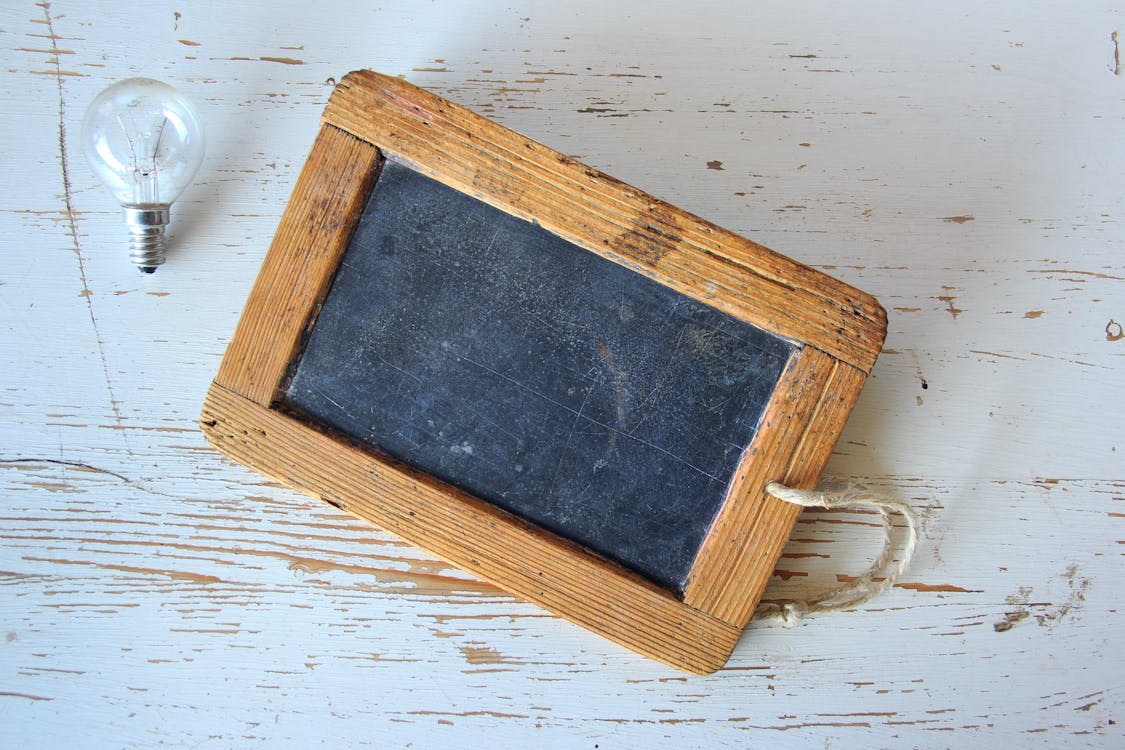
Crafting wooden frames is a common and rewarding project in home woodworking workshops. Whether you’re building a picture frame, a mirror frame, or a frame for a piece of furniture, choosing the right method of joinery is crucial for both aesthetics and structural integrity. Here are various ways to join and make wooden frames in your woodworking workshop.
Miter Joints:
One of the classic and visually appealing methods, miter joints involve cutting the ends of each frame piece at a 45-degree angle and joining them together to form a 90-degree corner. While miter joints create seamless edges, it’s essential to reinforce them with splines or biscuits to enhance stability.
Half-Lap Joints:
Half-lap joints involve removing material from each end of the frame pieces, allowing them to overlap and form a strong connection. This method provides excellent strength and is often used for larger frames or when additional reinforcement is desired.
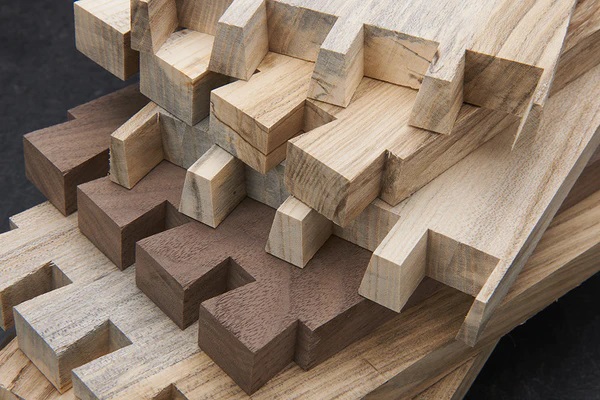 Dovetail Joints:
Dovetail Joints:
Dovetail joints are known for their exceptional strength and distinctive appearance. While more complex to create, dovetail joints add a touch of craftsmanship to wooden frames. They are commonly used in high-quality furniture and decorative frames.
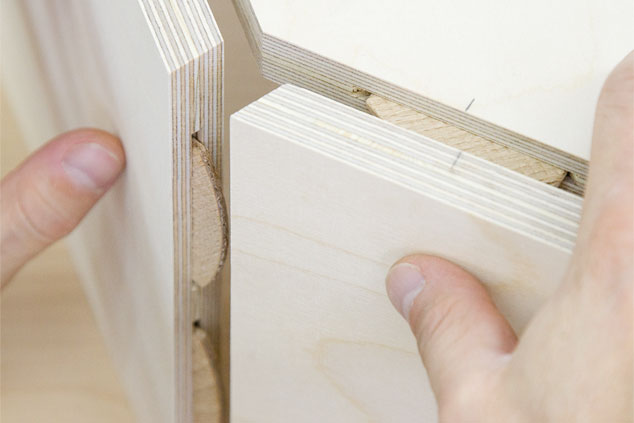 Biscuit Joinery:
Biscuit Joinery:
Biscuit joinery involves cutting matching slots in the frame pieces and inserting compressed wood biscuits with glue. This method is efficient and provides good alignment, making it a popular choice for both beginners and experienced woodworkers.
Pocket Hole Joinery:
Pocket hole joinery uses a specialized jig to drill angled holes into one piece of the frame, allowing screws to secure it to another piece. While not as visually refined as some other methods, pocket hole joinery is quick, easy, and effective, making it suitable for various frame projects.
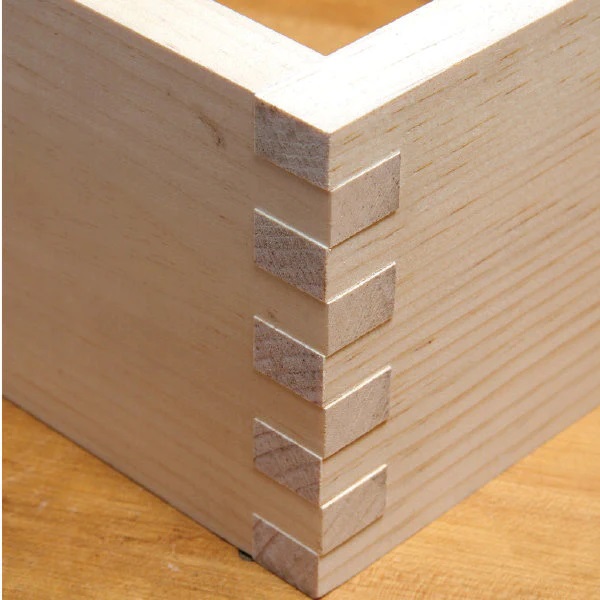 Finger Joints (Box Joints):
Finger Joints (Box Joints):
Finger joints, or box joints, create interlocking fingers on the ends of frame pieces. This method provides both strength and visual interest, resembling a puzzle when assembled. It’s commonly used for decorative boxes and smaller frames.
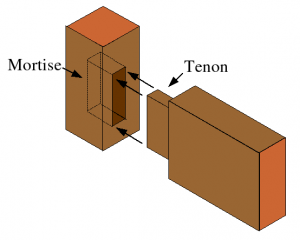 Traditional Mortise and Tenon Joints:
Traditional Mortise and Tenon Joints:
Mortise and tenon joints are a time-tested technique involving a projecting tenon on one piece that fits into a corresponding mortise on the other. This method is sturdy and often used in furniture construction, offering durability and a classic aesthetic.
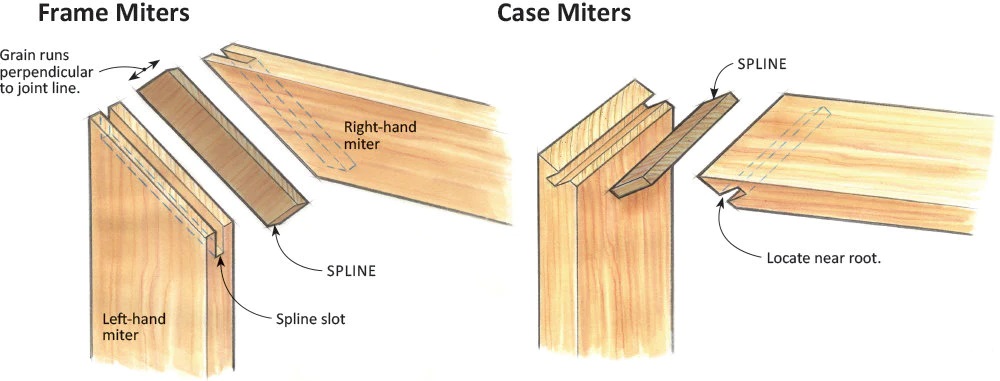
Splined Miters:
Combining the strength of the miter joint with additional reinforcement, splined miters involve cutting a slot across the miter and inserting a spline or key. This method enhances stability and provides a decorative touch.
Selecting the appropriate method for joining wooden frames depends on factors such as the project’s purpose, size, and your skill level. Experimenting with different techniques will not only broaden your woodworking skills but also result in unique and beautifully crafted wooden frames for your home.
Comments
Add comment